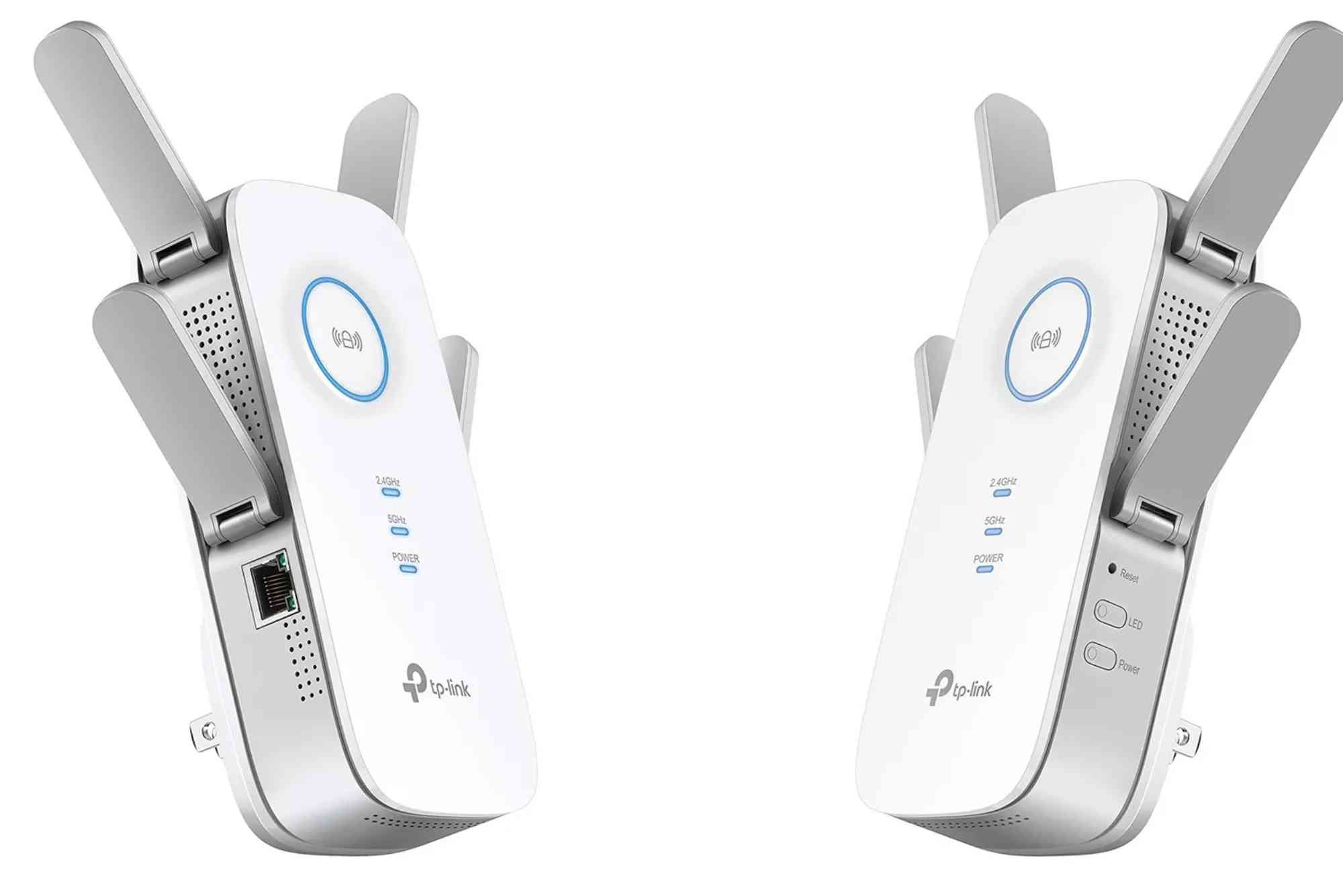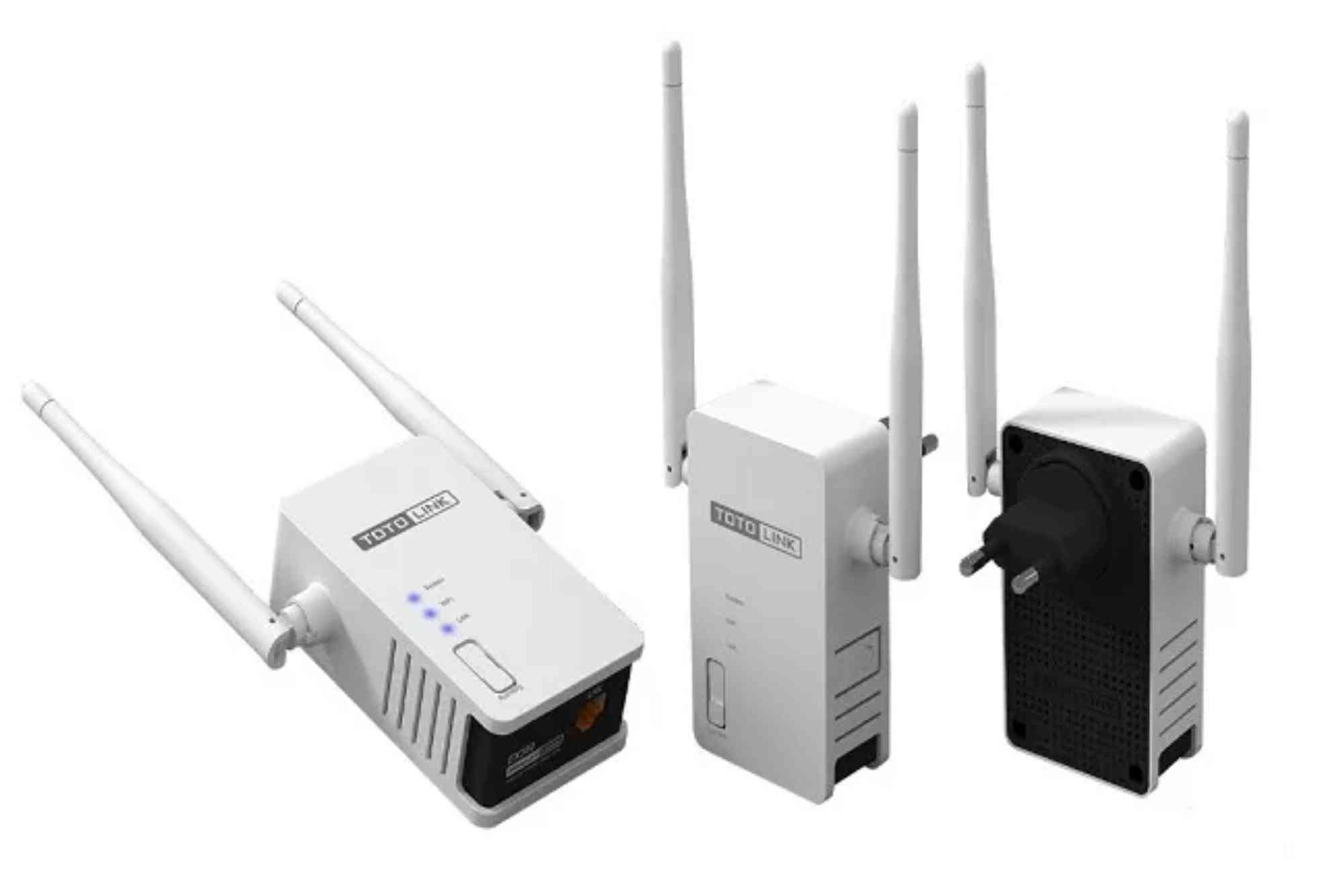Top Cable Internet Troubleshooting Tips
In today’s connected world, a stable internet connection is essential for work, entertainment, and communication. Yet, even with modern technology, cable internet users often face issues like slow speeds, intermittent connectivity, and network outages. Understanding effective cable internet troubleshooting tips can save you time, frustration, and unnecessary service calls.
Whether you’re streaming movies, attending virtual meetings, or gaming online, these cable internet troubleshooting tips will help you identify and resolve common problems efficiently.
Understanding Cable Internet Issues
Before diving into solutions, it’s important to understand why cable internet may experience problems. Common causes include network congestion, outdated hardware, wiring issues, and service provider outages. By identifying the root cause, you can apply the most effective troubleshooting strategies.
Common Signs of Cable Internet Problems
-
Slow browsing speeds despite a high-speed plan
-
Frequent disconnections or drops in connection
-
Difficulty loading streaming services or online games
-
Unexpected latency or lag during video calls
Recognizing these symptoms early allows you to act quickly and prevent prolonged interruptions.
Essential Cable Internet Troubleshooting Tips
The following tips cover practical steps you can take at home or work to restore your internet connection.
Restart Your Modem and Router
One of the simplest and most effective cable internet troubleshooting tips is restarting your modem and router. Power cycling these devices can clear temporary glitches and re-establish a stable connection.
How to Restart Properly:
-
Turn off your modem and router.
-
Unplug from the power source for at least 30 seconds.
-
Plug them back in and allow 2–3 minutes for full startup.
Check Cables and Connections
Loose or damaged cables are often the hidden cause of slow or unstable internet. Ensure all coaxial, Ethernet, and power cables are securely connected. Replace frayed or worn cables to maintain optimal performance.
Test Different Devices
Sometimes the issue isn’t your cable internet but a particular device. Test your connection on multiple devices such as a laptop, smartphone, or tablet. If the problem persists across devices, it’s likely a network issue rather than a device-specific problem.
Optimize Router Placement
Wi-Fi signal strength can significantly affect cable internet performance. Place your router in a central location away from thick walls, electronics, or metal objects that interfere with the signal. Elevating the router can also enhance coverage.
Update Firmware and Software
Outdated firmware on your modem or router may cause performance issues. Check the manufacturer’s website or your service provider’s portal for the latest updates. Similarly, keep your device software current to ensure compatibility with network standards.
Run Speed Tests
Regular speed tests help monitor your internet performance. Use online tools like Ookla’s Speedtest or Fast.com to check your download and upload speeds. Compare results with your plan to determine if the problem lies with the service.
Reduce Bandwidth Usage
Multiple devices streaming, gaming, or downloading simultaneously can strain your network. Identify high-bandwidth activities and limit usage during critical tasks. Prioritizing essential devices may improve overall stability.
Scan for Malware
Malware can slow down internet performance by consuming network resources. Run a full system scan using trusted antivirus software to remove malicious programs. This can improve both speed and security.
Reset Network Settings
Resetting network settings on your device can resolve persistent connection issues. This step removes old configurations and clears potential conflicts, giving your device a fresh start.
Contact Your ISP
If all else fails, contact your internet service provider. Many ISPs offer diagnostic tools, remote troubleshooting, and technician visits. For local assistance, consider reaching out to Dhanote Internet Services for expert guidance on cable internet troubleshooting.
Advanced Cable Internet Troubleshooting
For users comfortable with tech, advanced troubleshooting can help resolve deeper issues.
Check Signal Levels
Modems have internal tools to monitor signal levels. Too high or too low signals can cause packet loss or frequent drops. Adjusting or replacing splitters and ensuring proper coaxial connections can stabilize signals.
Examine Network Logs
Many routers keep logs of network activity and errors. Reviewing these logs may highlight recurring disconnections, which can help your ISP pinpoint and fix problems.
Consider Upgrading Equipment
Older modems and routers may not support modern speeds. Upgrading to DOCSIS 3.1 modems or Wi-Fi 6 routers can enhance speed, reliability, and coverage.
Preventive Cable Internet Tips
Regular maintenance can reduce future connectivity issues.
-
Keep firmware and device software updated.
-
Inspect cables and hardware regularly.
-
Limit interference by placing routers away from electronic devices.
-
Schedule speed tests to monitor performance.
These proactive measures ensure a more stable and efficient internet experience.
Frequently Asked Questions (FAQs)
Why is my cable internet so slow even with a high-speed plan?
Slow speeds may be caused by network congestion, outdated equipment, or interference from nearby electronics. Restarting your modem and checking cables can help.
How do I know if the problem is with my ISP or my equipment?
Test multiple devices and connections. If all devices struggle, contact your ISP. If only one device is affected, focus on its settings and hardware.
Can bad weather affect cable internet?
Yes, heavy rain or storms can disrupt signal quality, especially in areas with older infrastructure.
How often should I restart my modem or router?
Restarting once a week is sufficient for most households. Power cycling can clear temporary issues and improve performance.
Is a wired connection better than Wi-Fi for stability?
Yes. Ethernet connections provide faster speeds, lower latency, and fewer interruptions than wireless connections.
Troubleshooting cable internet doesn’t have to be complicated. By following these cable internet troubleshooting tips, you can identify and resolve most issues efficiently. Start with basic checks, optimize your setup, and don’t hesitate to reach out to your ISP for support.
If you’re looking for reliable internet solutions, explore providers like Dhanote Internet Services for seamless connectivity and expert assistance.








